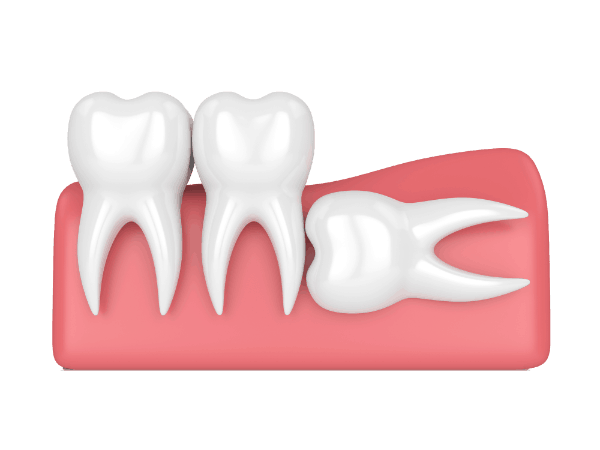Wisdom tooth extraction is a common dental procedure involving the removal of one or more of the third molars, also known as wisdom teeth. These teeth typically emerge between the ages of 17 and 25. The necessity for Wisdom Tooth Extraction often arises when there isn’t enough space in the mouth, leading to pain, infection, or alignment issues. Understanding the reasons behind this procedure can help alleviate concerns and prepare patients for what to expect.
Common Reasons for Wisdom Tooth Extraction:
Dentists usually recommend wisdom tooth extraction when the teeth are impacted or misaligned. Impacted teeth are those that don’t fully erupt through the gum line due to limited space or awkward positioning. This can lead to numerous problems including:
- Persistent jaw pain and swelling
- Infection in the surrounding gum tissue
- Damage to adjacent teeth
- Development of cysts or tumors around the tooth
- Misalignment of other teeth
Even if a wisdom tooth isn’t currently causing discomfort, preemptive removal might still be recommended to prevent future complications.
Symptoms That Indicate You May Need an Extraction:
Not everyone experiences symptoms right away, but certain signs indicate the potential need for wisdom tooth extraction. These symptoms should prompt a visit to your dentist for evaluation:
- Red or swollen gums at the back of the mouth
- Tenderness or bleeding in the gum tissue
- Jaw stiffness or difficulty opening the mouth
- A bad taste in the mouth or bad breath
- Crowding or shifting of existing teeth
If any of these symptoms occur, it’s important to consult with a dental professional promptly to determine the next steps.
What to Expect During the Extraction Procedure?
The wisdom tooth extraction process varies based on the complexity of the case. The procedure can be performed by a dentist or oral surgeon and typically follows these steps:
- Local or general anesthesia is administered for comfort
- An incision may be made in the gum if the tooth is impacted
- The tooth is gently rocked or sectioned for easier removal
- The area is cleaned and stitched if needed
- Gauze is applied to control bleeding and promote clotting
Most extractions take under an hour, and patients are usually able to return home the same day.
Recovery and Post-Extraction Care:
Proper aftercare is crucial for a smooth recovery after wisdom tooth extraction. Swelling, mild pain, and slight bleeding are common during the first few days. To ensure healing and avoid complications such as dry socket, follow these care tips:
- Rest for the first 24 hours and avoid strenuous activity
- Apply cold packs to reduce swelling
- Take prescribed pain medications as directed
- Avoid using straws, smoking, or spitting
- Stick to soft foods like yogurt, applesauce, and mashed potatoes
Most people recover fully within a week, but complete healing of the gum tissue may take a few more weeks.
Preventive Insights and Long-Term Benefits:
Extracting problematic Wisdom Tooth Extraction Treatment can prevent future oral health issues. Some individuals may never need extraction if their wisdom teeth grow in properly, but for many, removal is the best course of action to maintain dental health. Long-term benefits of wisdom tooth extraction include:
- Reduced risk of infections and gum disease
- Fewer complications with orthodontic treatments
- Prevention of overcrowding and bite issues
- Decreased risk of jawbone damage
Regular dental check-ups are key in monitoring wisdom tooth development and deciding the best time for removal if needed.





Comments